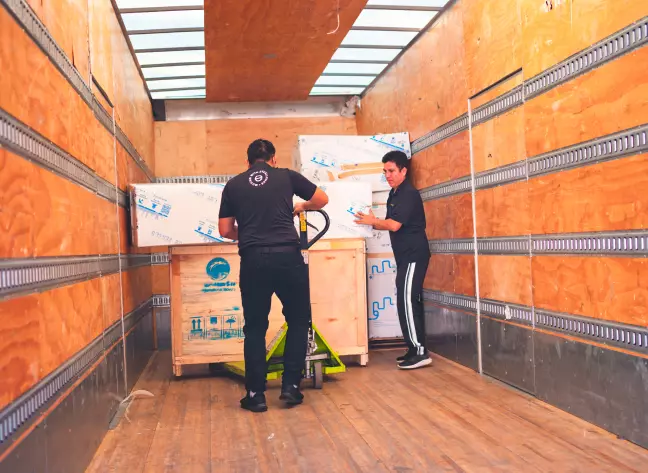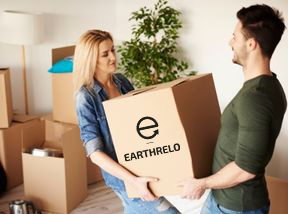Banking in Mexico is straightforward, save for the excessive bureaucracy. Expats who want moving to Mexico from US have several banking options; they can choose between national and international banks.
They also have a wide range of good national banks with online services available to them. And coupled with the recently reduced interest rate, expats are more than happy moving to Mexico from US.
Although Mexico recently reduced her interest rate from 4.50% to 4.25%, the United States’ interest rate that sits at 0.25% is more appealing. While it may not be as the US’s interest rate, it certainly means that you can borrow and pay back quickly.
But why is the interest rate of Mexico so high? That might be the question you are asking right now. Here is a concise answer for you. The interest rate in Mexico is high because the federal government aims to preserve the currency, increase the banks’ profit margin, and by all means, prevent inflation.
The concept of taxation to US expats in Mexico means that they pay tax depending on their circumstance. If they are employed in Mexico or own a property that was rented out, they’d have to pay income tax, which is usually between 1.92% and 35% for residents.
Conversely, those on work permits (nonresidents) get to pay between 15% and 30%. It is also important to remember that US expats still pay taxes to the US on their worldwide income.
But even if you don’t fall into the income tax category, you will be pinned down by the sales tax, also called the Value Added Tax or VAT, where you’d have to pay at a 16% rate the sales and imports of goods and services.



